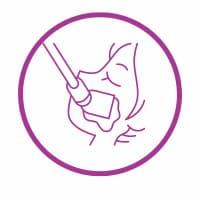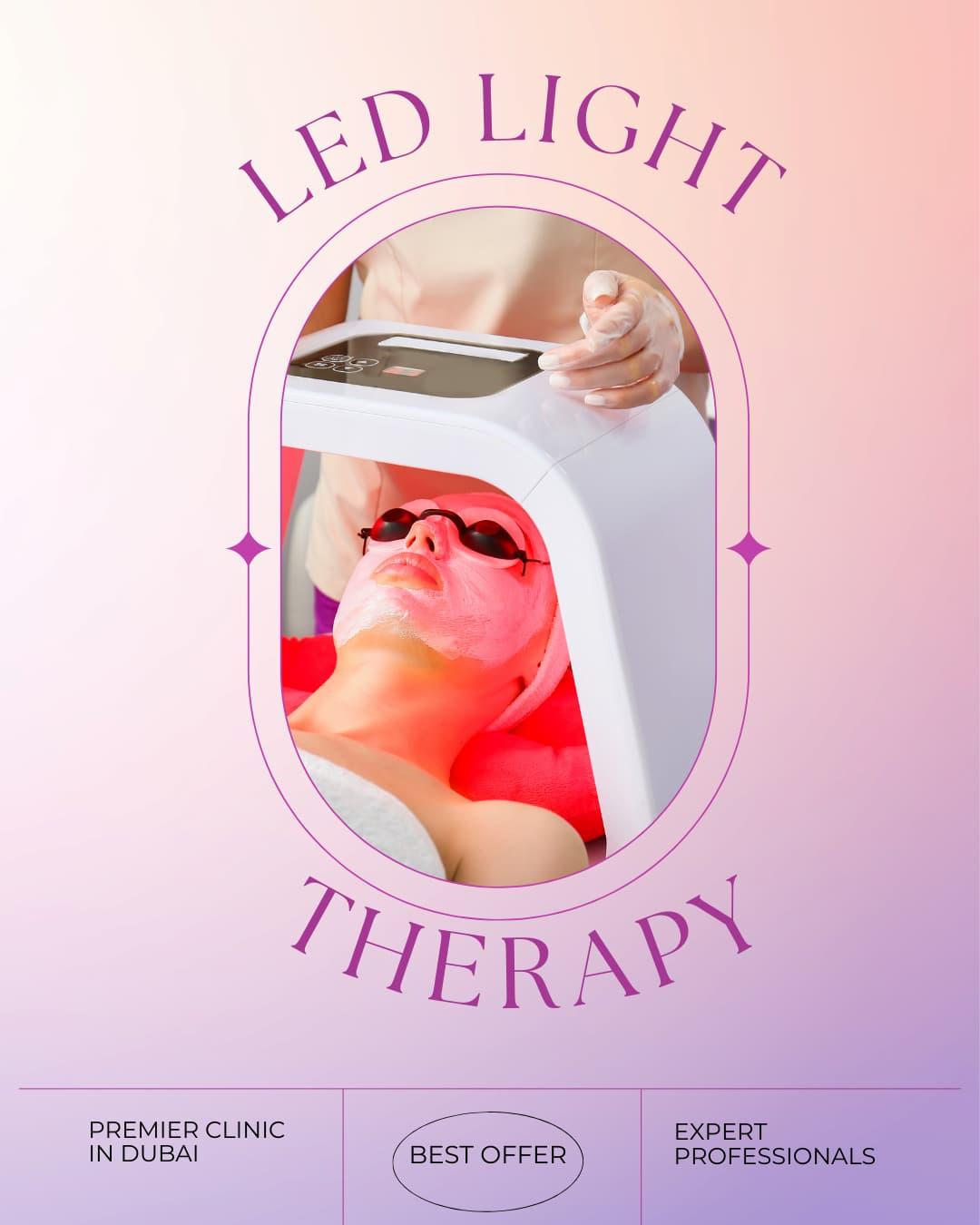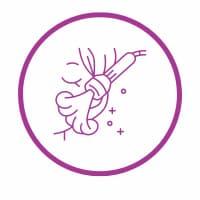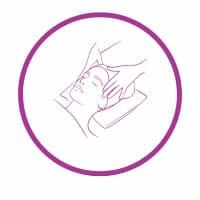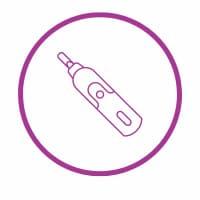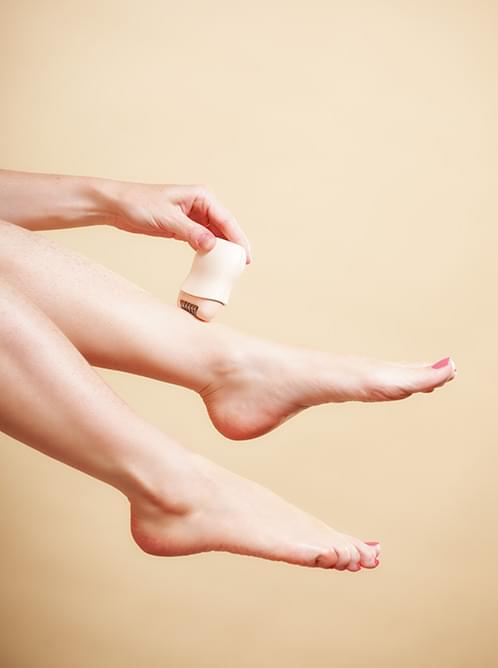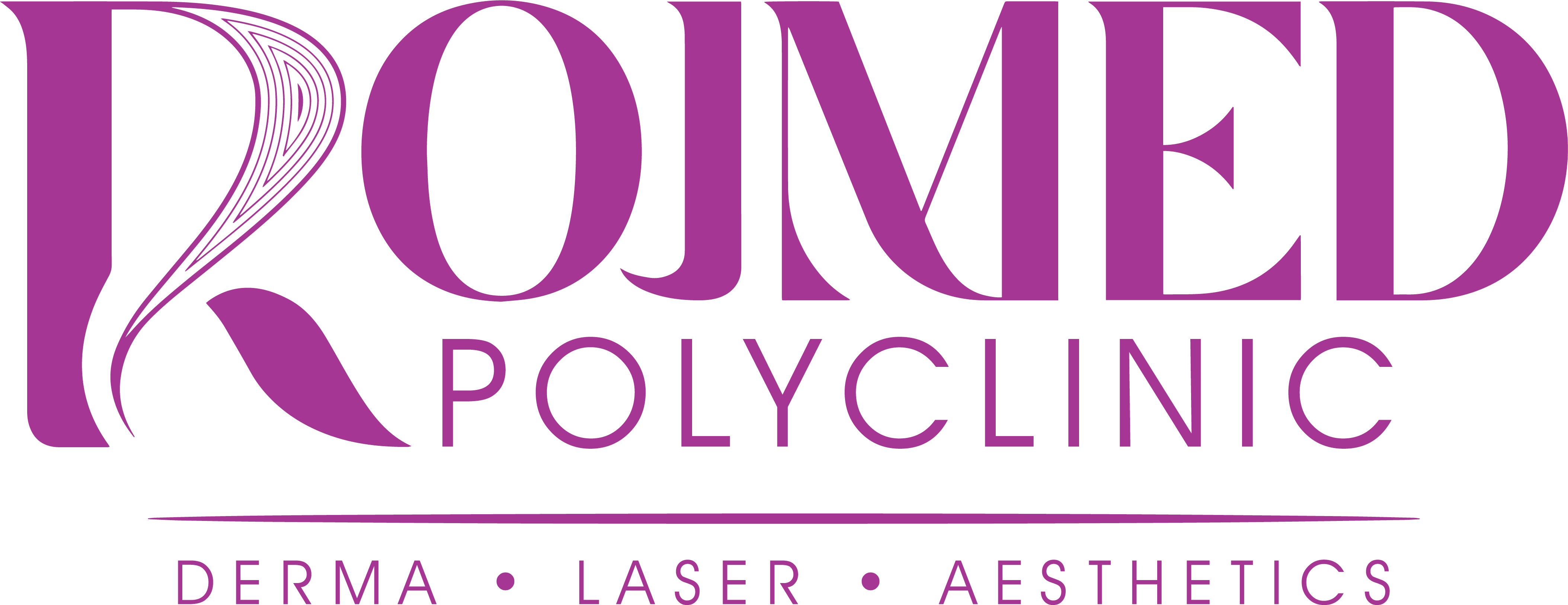In recent times, light-emitting diode (LED) light therapy has garnered significant attention in the healthcare field. Not only are more medical facilities incorporating LED light therapy into their services, but the availability of devices for at-home use has also increased for consumers.
Primarily focused on skincare, LED light therapy promotes anti-aging effects and diminishes inflammation. Claimed benefits include an augmentation of collagen production in the skin, which can result in reduced wrinkles and other signs of aging. LED light therapy is also utilized for various other skin conditions such as acne, dermatitis, eczema, psoriasis, rosacea, scarring, and sun damage."
LED light therapy is a non-invasive method aimed at enhancing your appearance and addressing diverse skin concerns. Initially recognized for its efficacy in wound healing during the 1990s, LED light therapy has evolved to become a versatile treatment for a broad spectrum of skin issues. Dermatologists worldwide integrate this therapy with other topical treatments to attain various skin rejuvenation objectives.
This rejuvenating treatment relies on four scientifically validated wavelengths of UV LED lights:
Blue
Red
Yellow
Green
These lights can be applied individually or in combination to stimulate collagen production, eradicate acne-causing bacteria, and encourage cellular renewal.
LED (Light Emitting Diode) therapy for the skin employs different light wavelengths to target diverse skin issues. There exist several kinds of LED light therapy for skin, each offering distinct advantages
Red Light Therapy: Red light (wavelengths approximately 620-700 nanometers) is frequently utilized for anti-aging purposes and skin revitalization. It can prompt collagen and elastin production, diminishing the appearance of fine lines and wrinkles, refining skin texture, and enhancing overall skin elasticity.
Blue Light Therapy: Blue light (wavelengths around 400-495 nanometers) is commonly employed to combat acne and bacterial infections on the skin. It aids in eradicating acne-causing bacteria like Propionibacterium acnes (P. acnes) and reducing inflammation.
Green Light Therapy: Green light (wavelengths about 495-570 nanometers) is effective for addressing various skincare concerns, including hyperpigmentation and skin discoloration. It assists in balancing skin tone and diminishing redness and pigmented spots.
Yellow Light Therapy: Yellow light (wavelengths approximately 570-590 nanometers) is utilized to alleviate redness, inflammation, and skin irritation. It can be beneficial for sensitive skin and conditions such as rosacea.
Near-Infrared Light Therapy: Near-infrared light (wavelengths around 700-1200 nanometers) has the ability to penetrate deeper into the skin and is commonly utilized for pain relief and wound healing. It may also offer some skin rejuvenation benefits by stimulating collagen production.
Combination Light Therapy: Certain LED devices integrate multiple wavelengths to address various skin concerns simultaneously. For instance, there are devices that utilize both red and blue light to target both anti-aging and acne-related issues.
LED light therapy is regarded as safe and non-invasive, making it suitable for a range of skin types and conditions. Nevertheless, outcomes may vary depending on the specific treatment and the individual's skin. During your consultation, our skilled dermatologist will assist you in determining the most appropriate type of LED therapy for your specific requirements and ensure that the treatment is conducted safely and effectively.
